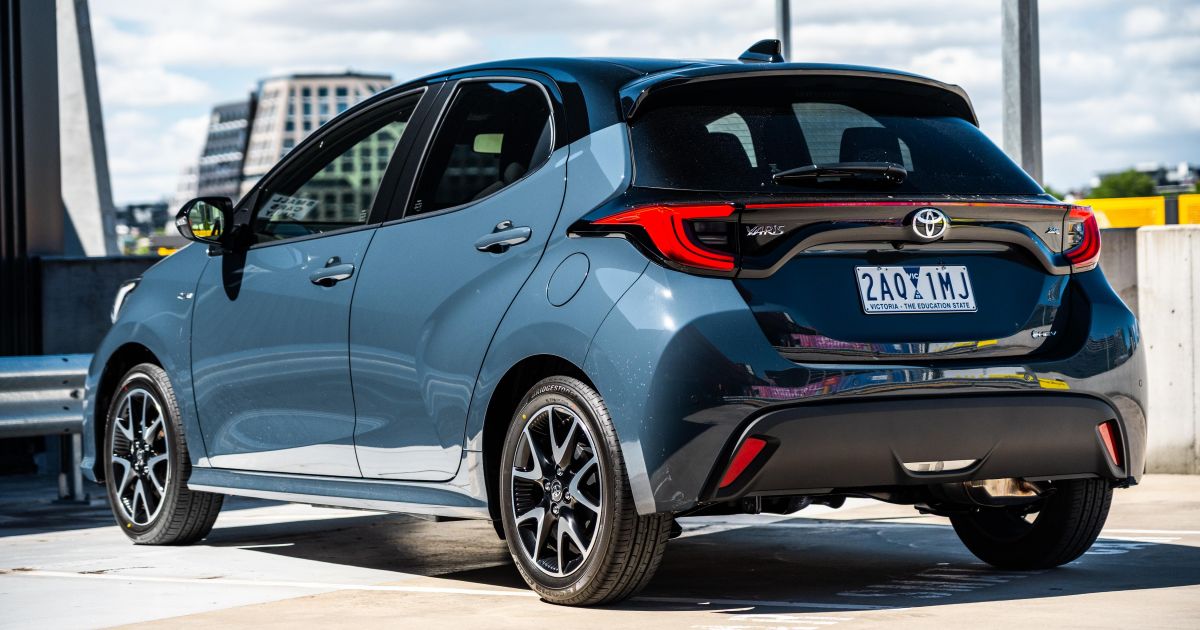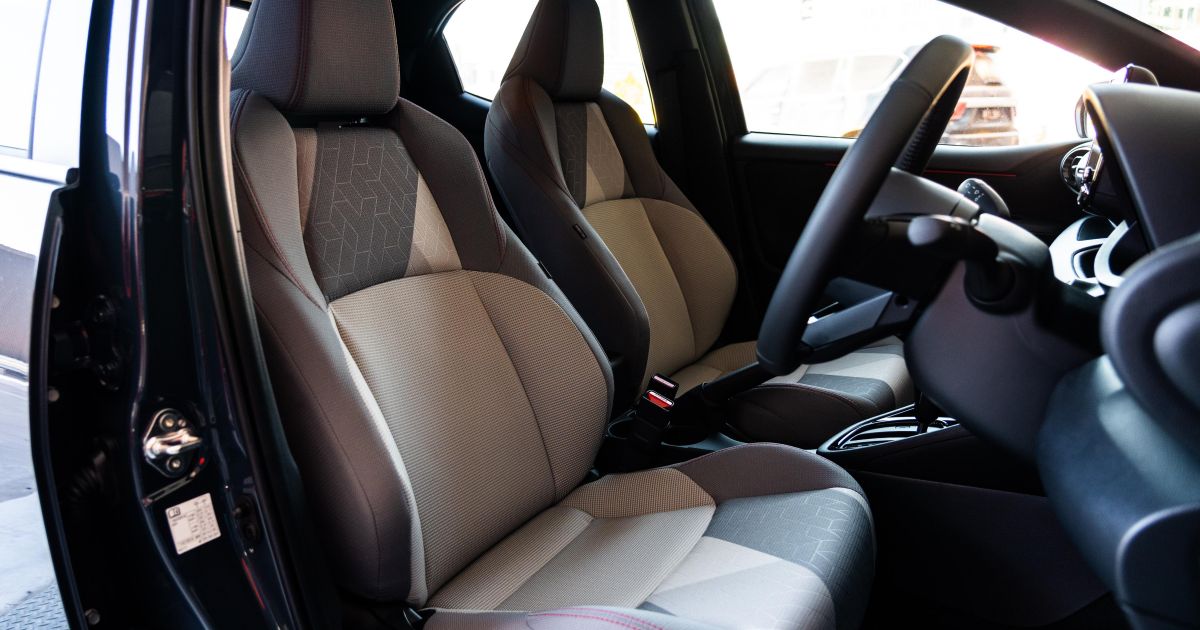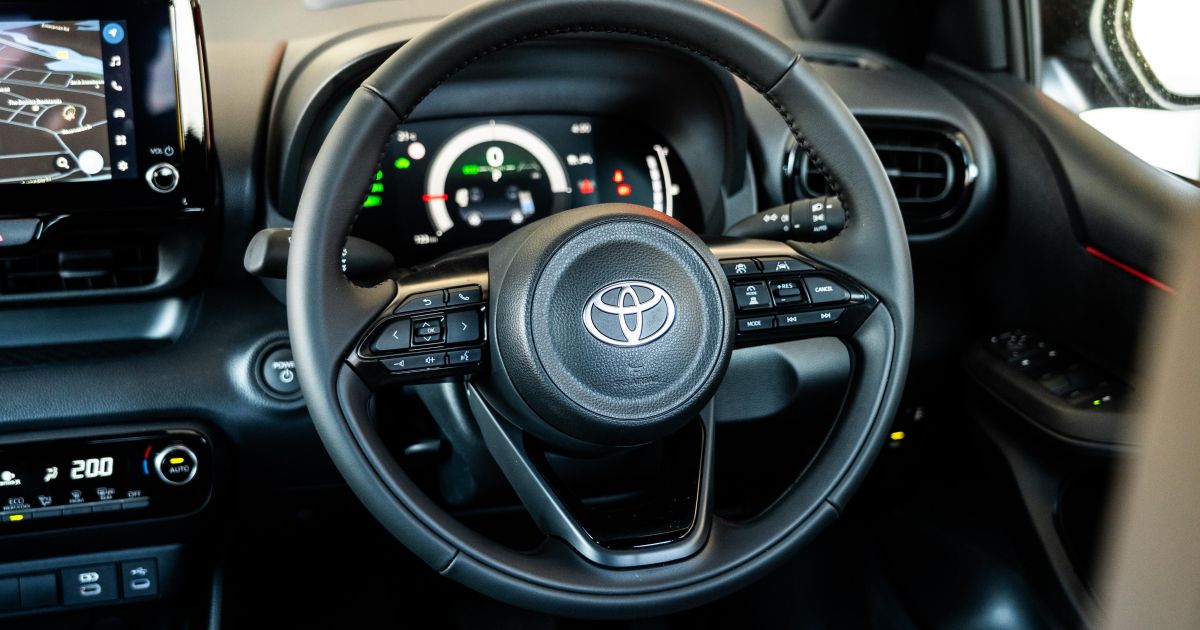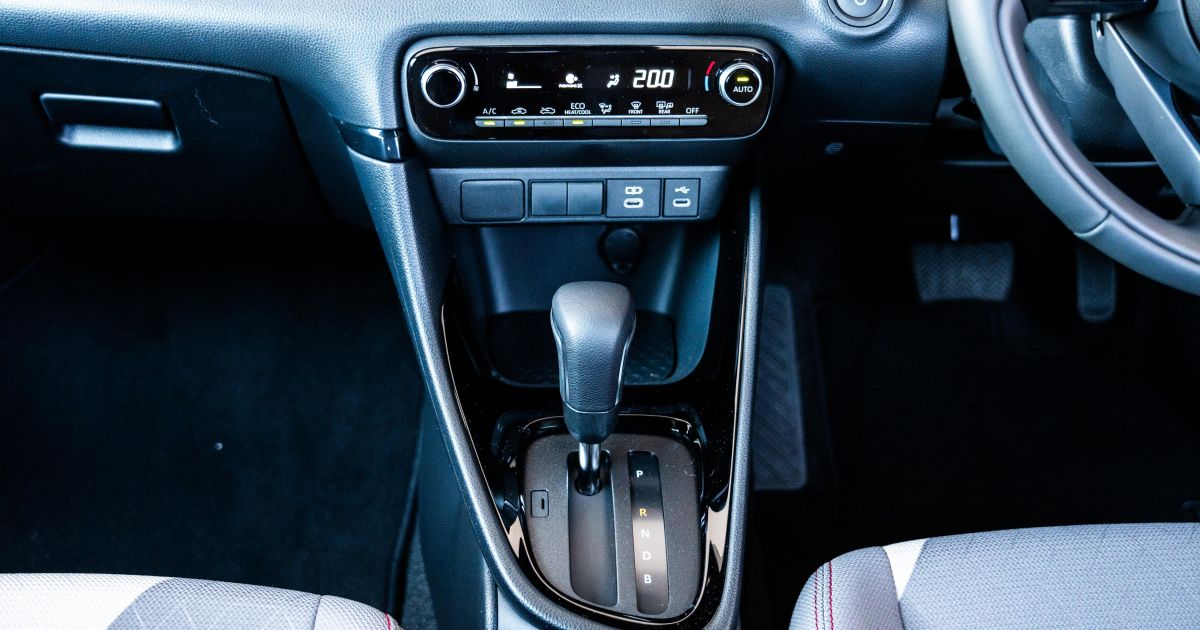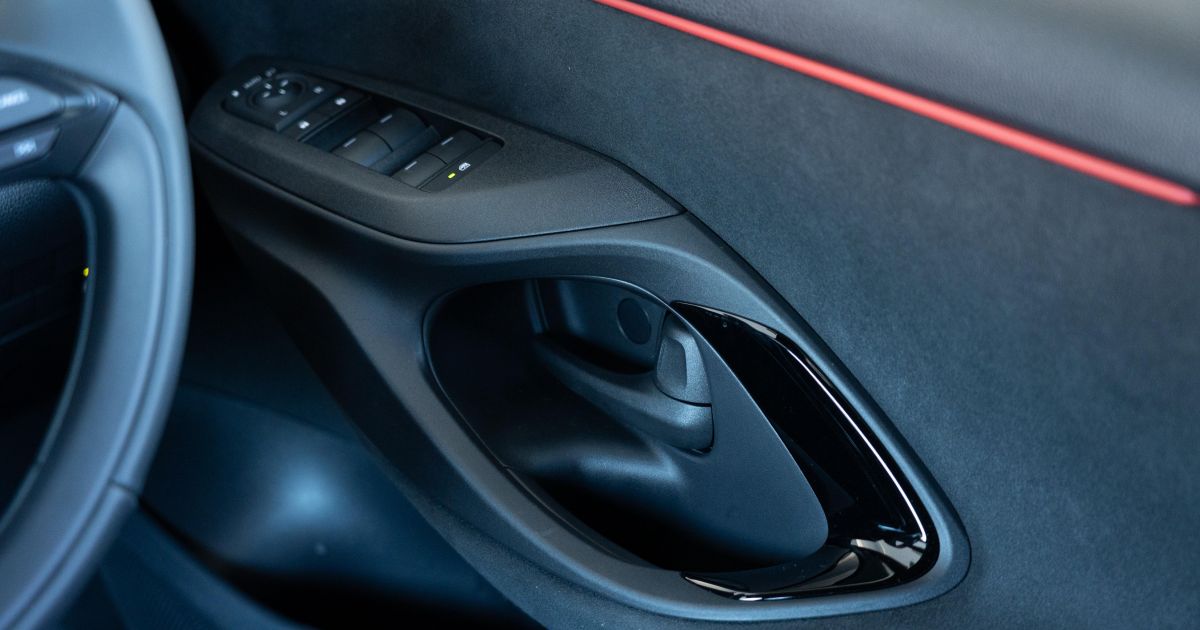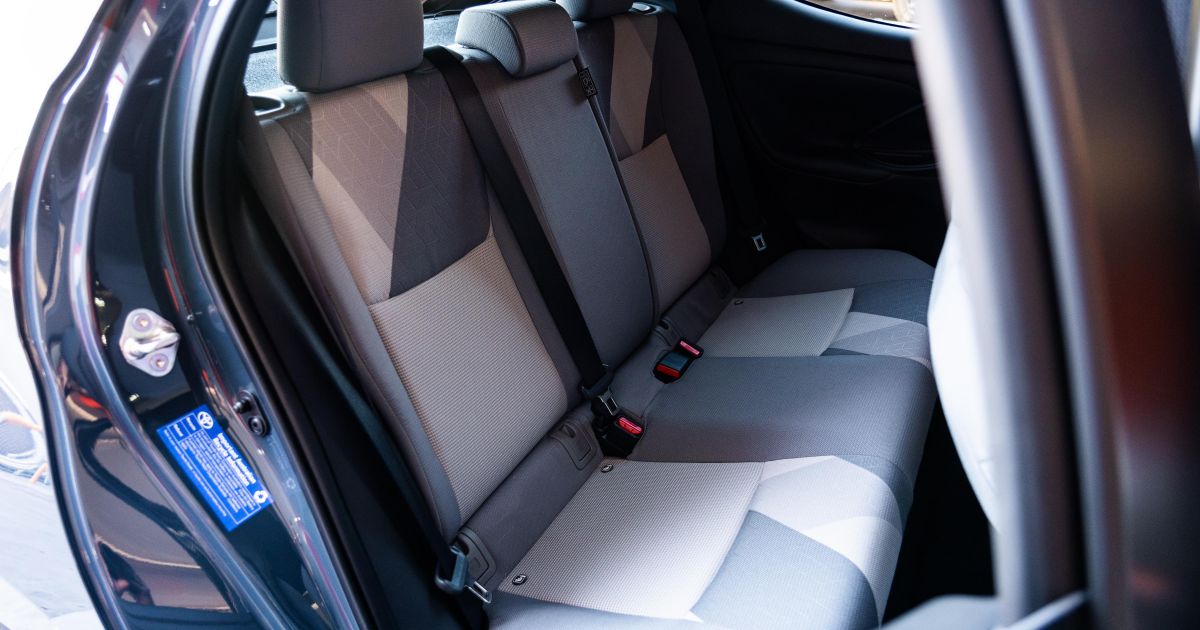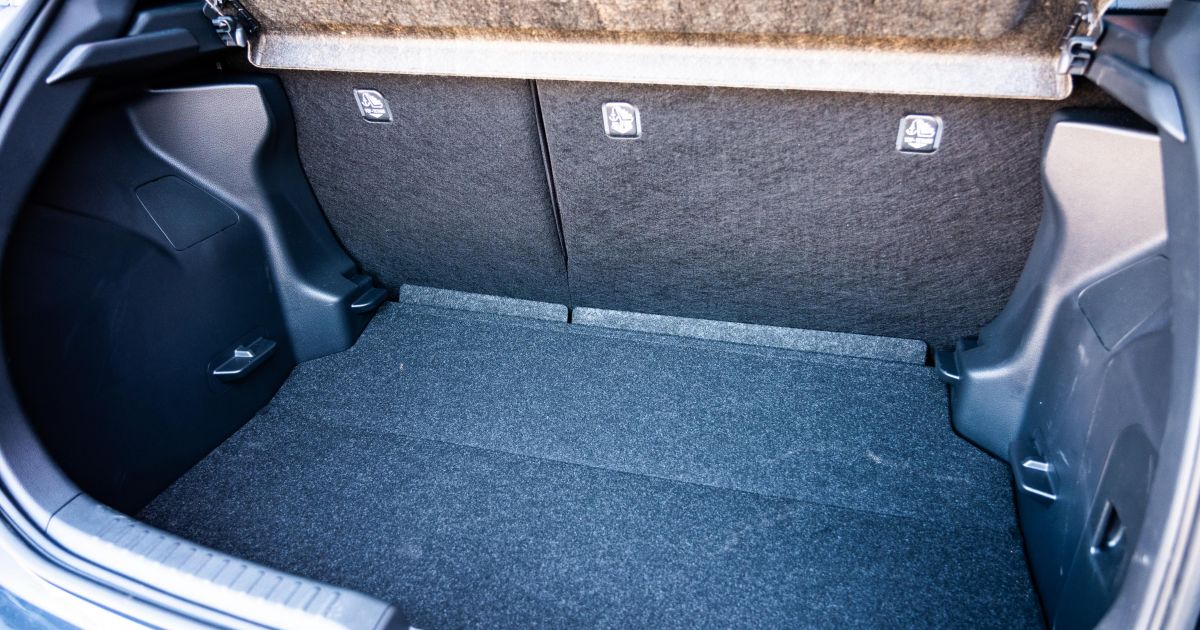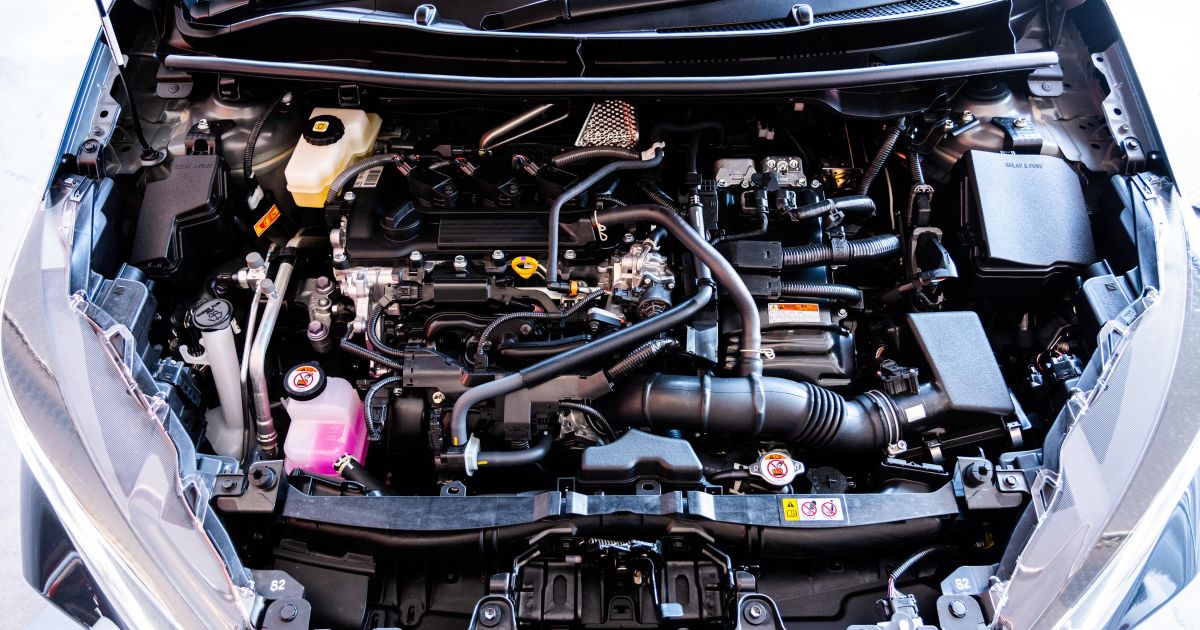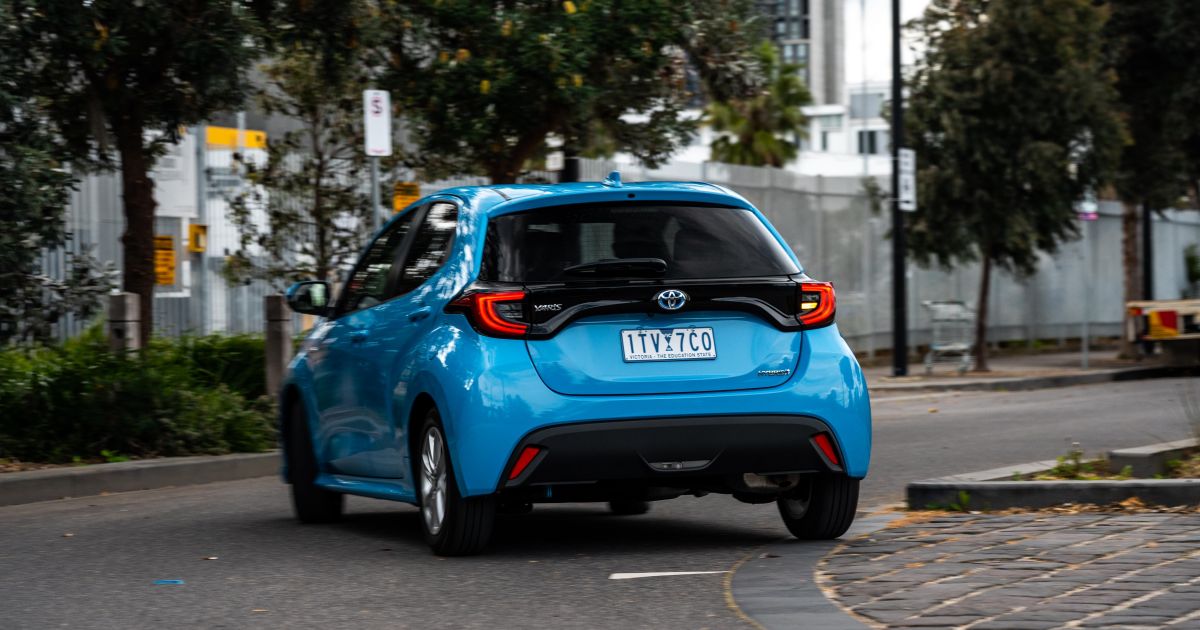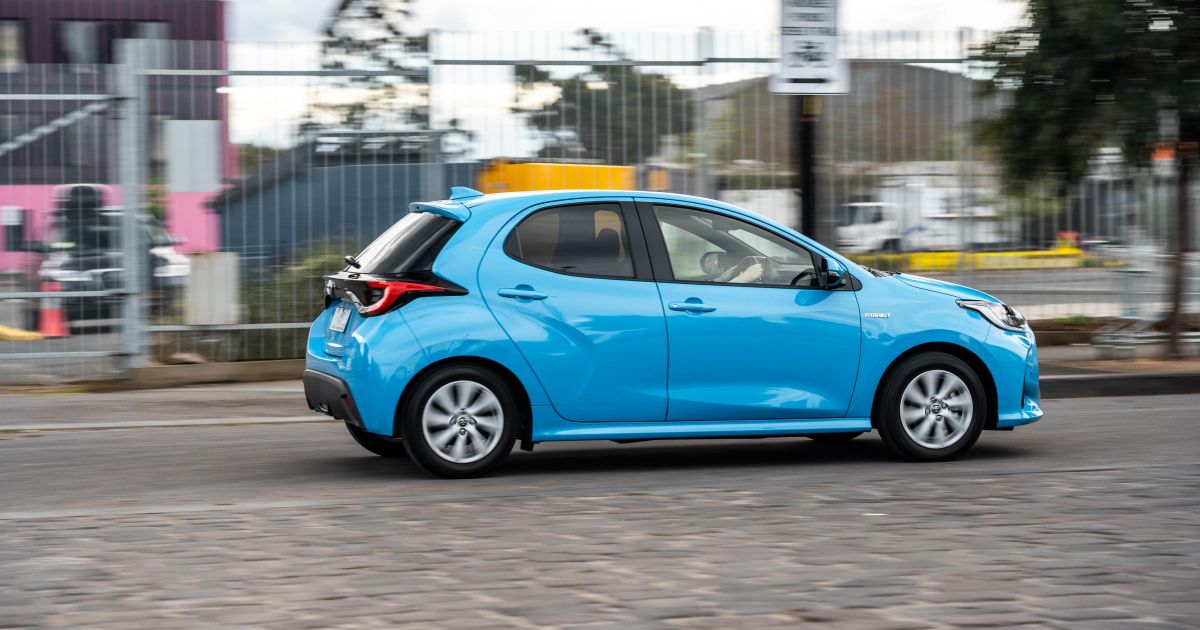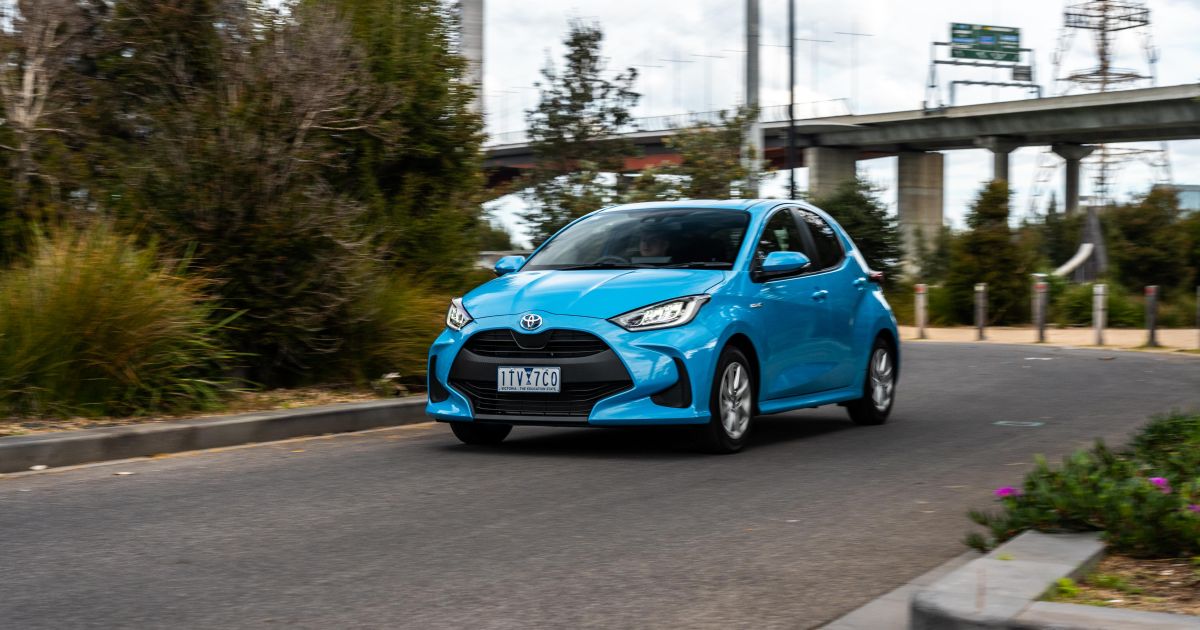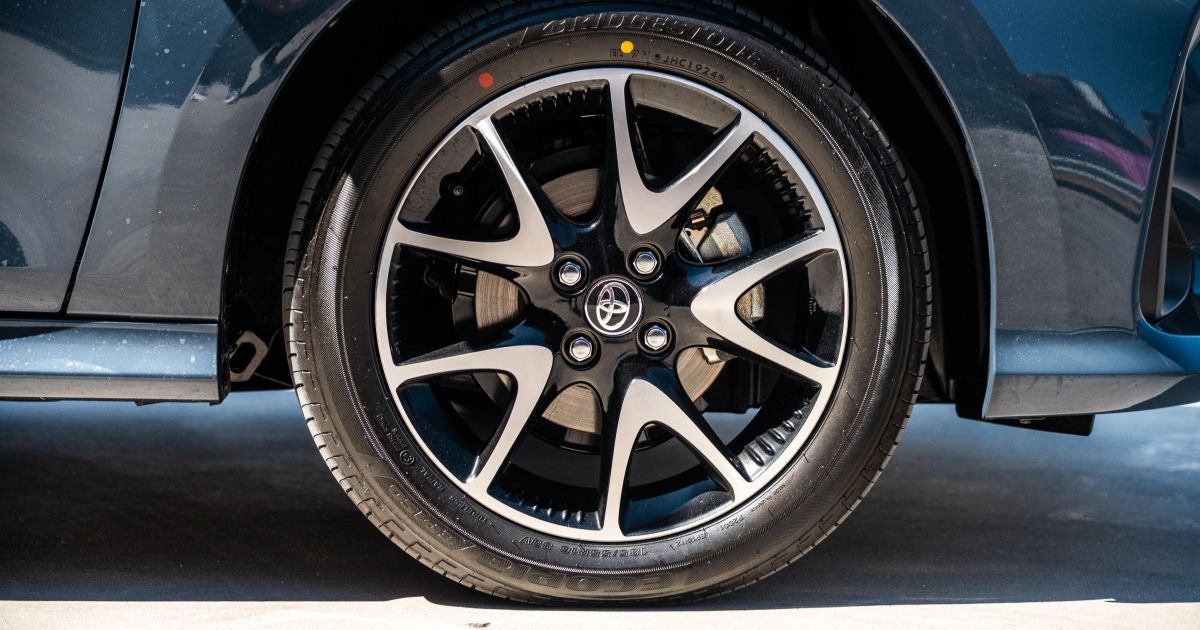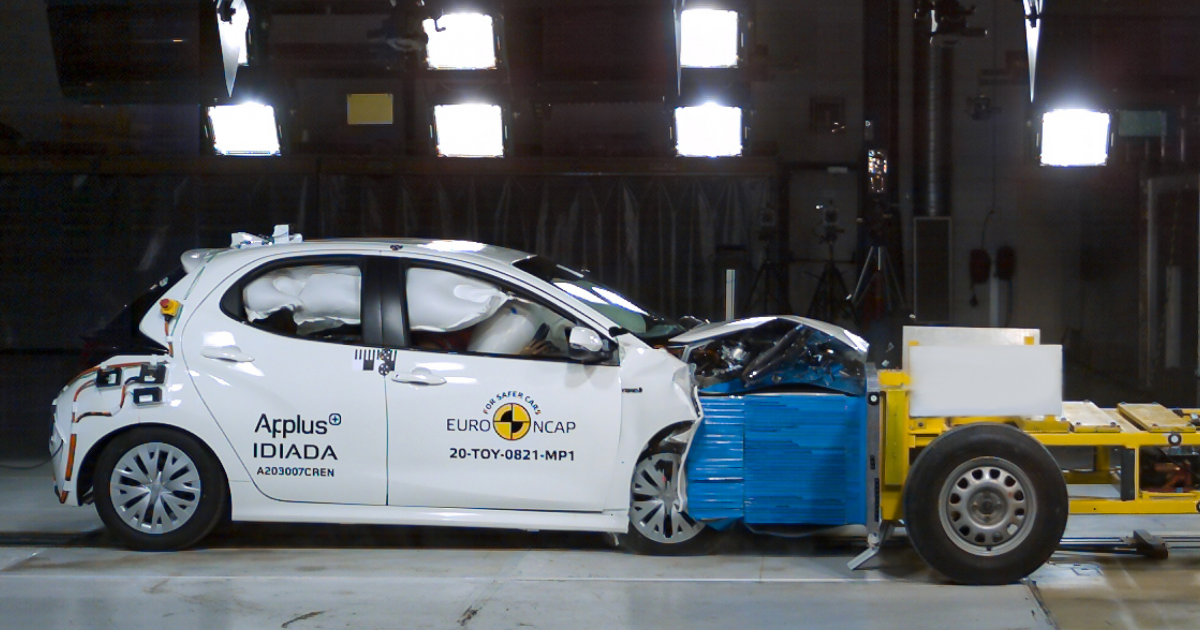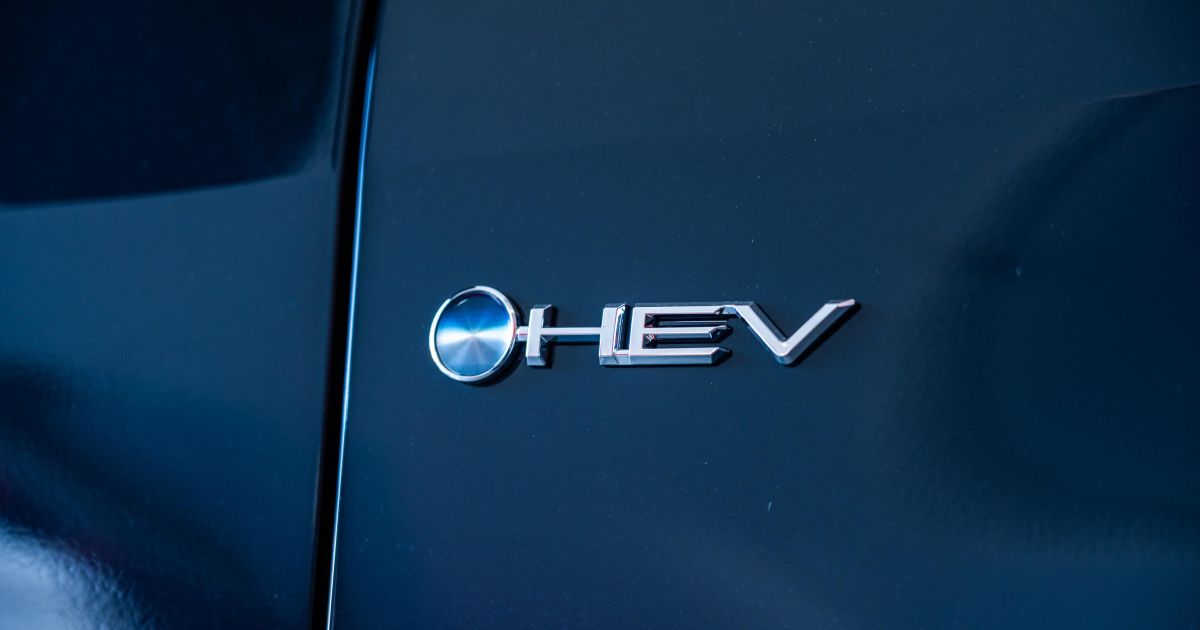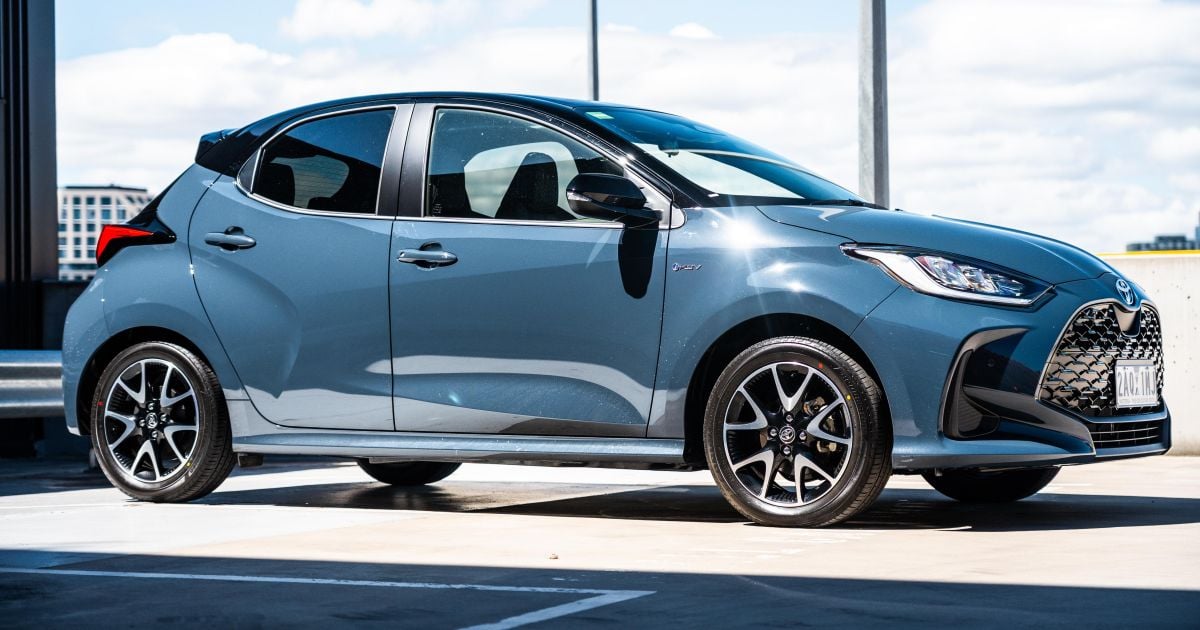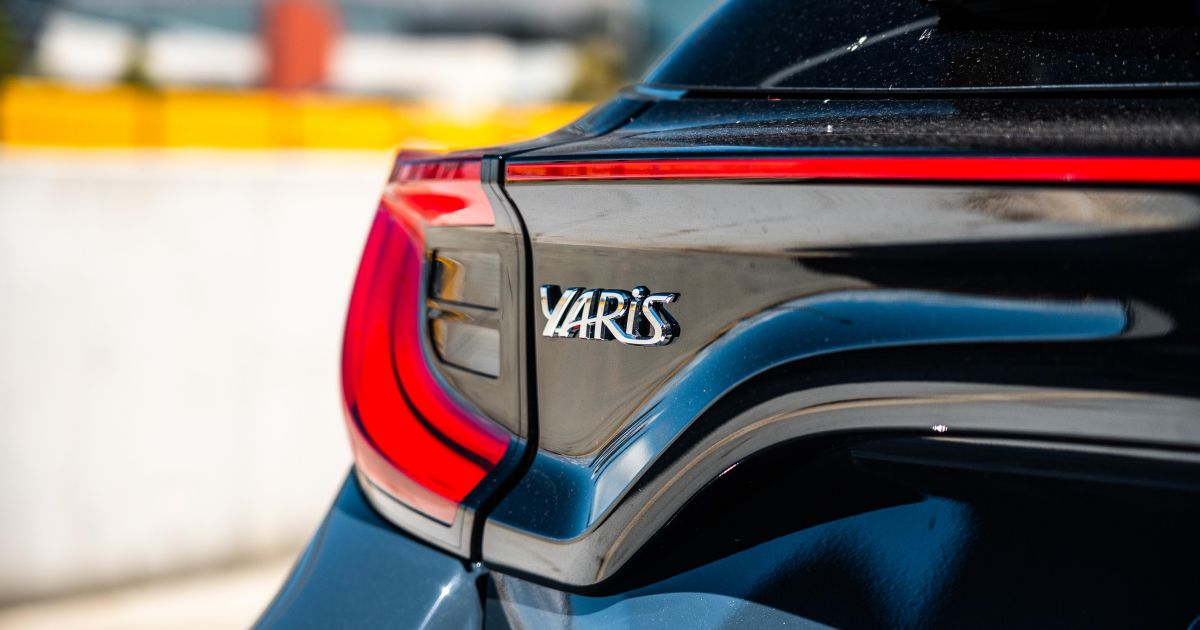Toyota is making life hard for its tiniest tot, the humble Yaris.
Launched back in 2020, the fourth-generation Yaris has been subject to price hikes just about every year since, despite the emergence of competitive new players in the light car space.
The new Suzuki Swift and MG 3 both offer hybrid powertrains, while the all-electric BYD Dolphin starts at less than $30,000 before on-road costs. Meanwhile, Yaris prices have crept up to $28,990 plus on-roads for the base Ascent Sport and nearly $35k for this – the flagship ZR.
New car buyers have noticed, and acted accordingly. The Yaris is the slowest-selling vehicle in its VFACTS segment (mainstream light passenger cars), which is quite an anomaly for a Toyota.
That begs the question: is there any merit in buying a top-spec Toyota Yaris for family SUV money in 2025? We lived with the stylish ZR for a week to find out.
How much does the Toyota Yaris cost?
Pricing of the Toyota Yaris increases by as much as $800 this year, although the ZR was mostly spared from the hikes.
| Model | Price before on-road costs |
|---|---|
| 2025 Toyota Yaris Ascent Sport | $28,990 |
| 2025 Toyota Yaris SX | $32,390 |
| 2025 Toyota Yaris ZR | $34,590 |
To see how the Toyota Yaris lines up against the competition, check out our comparison tool
What is the Toyota Yaris like on the inside?
The interior of the flagship ZR is good, but it’s not quite $35,000 good. If you were looking for a prime example of the ‘Toyota tax’, this is it.
Slipping into the cosy cabin, the Yaris ZR makes a solid first impression with comforting seating and excellent ergonomics.
The ‘sports’ cloth seats hold you in place without intruding on your personal space, and the base cushion is thick enough to remain supportive over long journeys.
Both front seats feature manual adjustment levers, and it’s easy to find your ideal driving position as the steering wheel tilts and telescopes extensively. No seat heating though, a feature that’s standard in the sub-$30k Suzuki Swift Hybrid GLX.
All key controls are within close reach, from the pedals and gear lever to the infotainment screen. It’s a user-friendly space that puts the driver first.
Build quality also gets a resounding tick – there’s no play in any of the interior panels, while creaks and rattles were absent from our tester. All the stalks, buttons and switches feel solid and function with a satisfying click or turn.
The materials, on the other hand, are nothing to write home about. Hard, textured plastics dominate the interior panels, broken up by addition of some suede here and there.
In addition to suede accents, the ZR brings sporty red piping and stitching, which adds a welcome splash of colour to an otherwise unexciting cabin. From a materials standpoint, the highlight of this Yaris is its leather-accented steering wheel – textured, firm, and just the right size.
Peek through the top section and you’ll find a digital instrument cluster, which works in tandem with a head-up display and 8.0-inch infotainment touchscreen.
Both interior screens were updated for 2024, and that update was a timely one as the previous-gen tech was showing its age.
The SX and ZR gain a full 7.0-inch digital instrument cluster with nine patterns and three themes. It’s a little pixelated, but the layout is clean and you can cycle through a variety of different readouts while keeping an eye on whether the powertrain is in ‘charge’, ‘eco’, or ‘power’ mode.
Functionality within the instrument display extends to ADAS settings – convenient in theory, but impractical in practice. Personally, I’d find it easier to make ADAS adjustments through the infotainment menus.
Android Auto and Apple CarPlay connectivity is now wireless, and there’s cloud-based satellite navigation. Toyota has also ditched USB-A outlets for a pair of USB-C outlets up front.
The upgraded infotainment screen is devoid of physical controls, a trend that’s all the rage in the automotive industry right now. Removing buttons and switchgear can have a negative impact on usability, but that’s not the case here.
Shortcut icons are pinned to the right side of the screen, and the system has a flat learning curve. Highlights of the upgraded media display include detailed native satellite navigation and sharp graphics, although processing speeds could be improved.
Toyota is taking an incremental approach to the digitisation of interior controls, meaning the brand has yet to ditch rotary dials and buttons for the climate control system. Sure, storage and aesthetics suffer a little as a result, but that’s unlikely to faze most Yaris buyers.
And it’s not like the the Yaris is desperately lacking for cabin storage. Rather, it offers a selection of clever solutions that belie its dainty exterior dimensions.
You get not one but two storage trays under the infotainment screen, and the door bins are deeper than you might expect. There’s an extra nook above the glovebox, which itself is a decent size.
I was only left wanting for a centre console, but it’s hard to hold that against the tiny Yaris. That brings us to the second row.
It’s not particularly spacious, which is hardly a surprise. At 6’1″, I was just able to squeeze myself into the back behind my driving position, slouching down to avoid contact with the headlining.
Smaller adults fit without hassle, and you’ll comfortably cram a few kids back there. Is it luxurious? No, but the cloth seats don’t lack cushioning and the front seat backs are kind on squashed knees.
All things considered, the Yaris is as roomy if not more so than rival microcars. You’re just paying a lot more for that privilege.
And aside from a few millimetres of extra space aside, you don’t get a whole lot for your money. USB outlets, air vents, cupholders, and a centre armrest are all nowhere to be seen, leaving rear passengers with a couple dinky map pockets and drink bottle-shaped door bins.
Yaris buyers are unlikely to need the back seats on a regular basis though, and when possible it’s wise to drop the rear bench for extra cargo capacity.
With both rows of seating in place the Yaris offers 270 litres of boot space – more than the Suzuki Swift Hybrid (265L), Kia Picanto (255L) and Mazda 2 (250L), but less than the BYD Dolphin (345L) and MG 3 (293L).
The opening aperture is quite small, but there’s no load lip if you leave the adjustable boot floor in its default position.
Underneath it all is a space-saver spare tyre, an increasingly rare feature that Australian buyers value highly.
| Dimensions | Toyota Yaris |
|---|---|
| Length | 3950mm |
| Width | 1695mm |
| Height | 1495mm |
| Wheelbase | 2550mm |
| Cargo capacity | 270L |
To see how the Toyota Yaris lines up against the competition, check out our comparison tool
What’s under the bonnet?
All Toyota Yaris vehicles are powered by a 1.5-litre three-cylinder petrol-electric hybrid powertrain producing 67kW of power and 120Nm of torque, mated with a 59kW/141Nm electric motor, a small lithium-ion battery, and a continuously variable automatic transmission (CVT).
| Specifications | Toyota Yaris ZR |
|---|---|
| Engine | 1.5L 3cyl hybrid |
| Engine outputs | 67kW/120Nm |
| Electric motor outputs | 59kW/141Nm |
| System outputs | 85kW |
| Battery | 4.3Ahr lithium-ion |
| Transmission | CVT |
| Drive type | Front-wheel drive |
| Weight | 1130kg (kerb) |
| Fuel economy (claimed) | 3.3L/100km |
| Fuel economy (as tested) | 4.0L/100km |
| Fuel tank capacity | 36L |
| Fuel requirement | 91 octane regular unleaded |
| CO2 emissions | 76g/km |
| Emissions standard | Euro 5 |
To see how the Toyota Yaris lines up against the competition, check out our comparison tool
How does the Toyota Yaris drive?
Despite its age and worsening value compared to rivals, the Yaris remains a delightful little car to drive. Just as the interior feels solid, the mechanical elements of the Yaris feel expertly developed, sturdy and appropriate for this application.
-
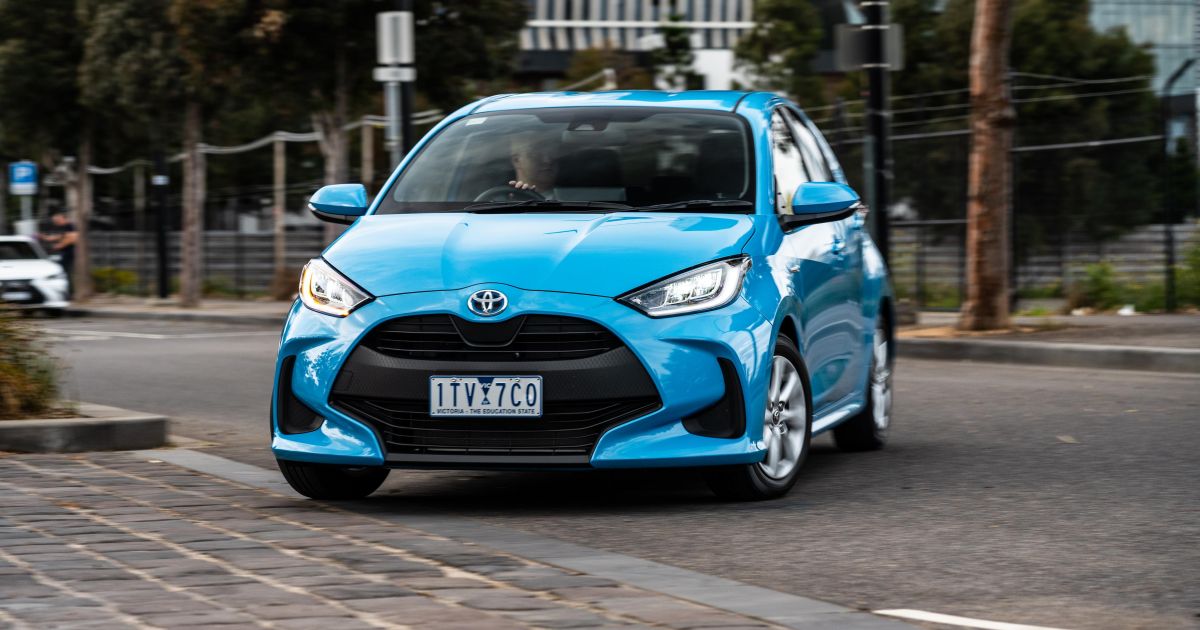
Yaris SX
It weighs a measly 1130kg and that’s experienced as a strength around town – the Yaris is hugely manoeuvrable and responsive to driver inputs.
The steering is devoid of feel but razor sharp – you can change direction in an instant, and it’s easy to dart in and out of traffic.
Slicing through traffic often involves use of the accelerator pedal, which isn’t always an enjoyable experience in microcars. Many light vehicles lack refinement when driven enthusiastically, often due to a lack of grunt and cabin insulation.
However, that’s not the case with this Yaris. Here, the hybrid powertrain makes a low three-cylinder warble under throttle, but it never rattles or screams.
And when you want to potter around in a more relaxed manner, the Yaris is EV-like – quiet, smooth, and peaceful.
With 85kW of combined power, it’s also got enough ‘go’ to feel nippy at urban speeds. The CVT transmission tends to go unnoticed, always finding the right balance between efficiency, performance, and drivability.
Beyond agility and powertrain refinement, the Yaris offers a smooth ride for a light hatch. It feels settled on the road despite its diminutive size, with compliant suspension that smooths out coarse tarmac apart from the occasional bobble over particularly challenging surfaces.
More composed than some vehicles twice its size, the Yaris straddles speed humps like a mountain goat and feels substantial on the road while possessing all the desirable traits of a tiny runabout, including ease of parking.
You’ll be able to squeeze it into just about any parking space, and this top-spec ZR comes with all the helpful tech including a reversing camera and sensors. Even without it, there’s plenty of front, side and rear visibility with no obvious blind spots.
While it’d be fair to expect the Yaris to thrive in the city and suburbs, what’s most impressive is how it performs on the highway.
Although there’s not much in the way of pulling power at higher speeds, the Yaris is a little car that’s happy to play with the big boys. It doesn’t feel flimsy when driving alongside B-doubles, and the cabin is well insulated from wind and tyre noise.
Once cruising at a constant speed, the Yaris will run on EV power alone, indicated by an icon that pops up on the digital cluster.
Adaptive cruise control with active lane centring aids in comfortable cruising, taking all the hassle out of marathon journeys.
The system is incredibly easy to operate and works flawlessly, so much so that I’d wager multi-hour road trips can be completed before fatigue even threatens to creep in.
Other advanced driver assist systems (ADAS) work away in the background, only alerting the driver of threats when necessary. Adjustments can be made through the instrument cluster.
From a fuel efficiency standpoint, the Yaris remains one of the best vehicles in its class. We saw an average consumption of 4.0L/100km over the course of our test, which could be further improved by taking advantage of the ‘Eco’ drive mode.
To see how the Toyota Yaris lines up against the competition, check out our comparison tool
What do you get?
There are three members of the Yaris range.
-
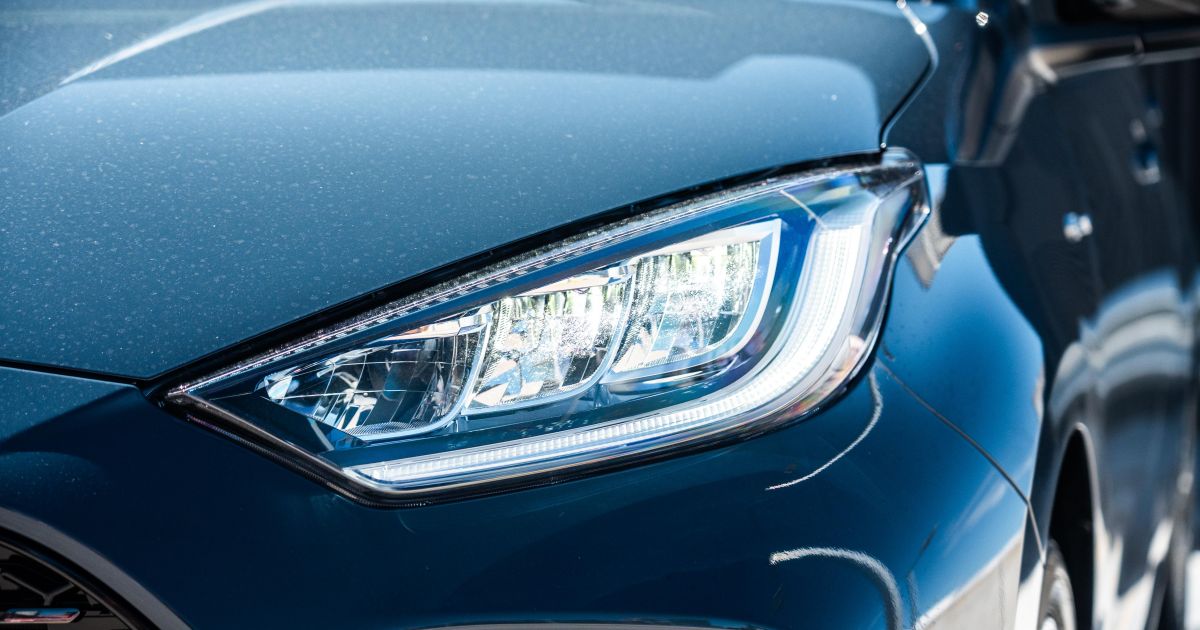
ZR -

-
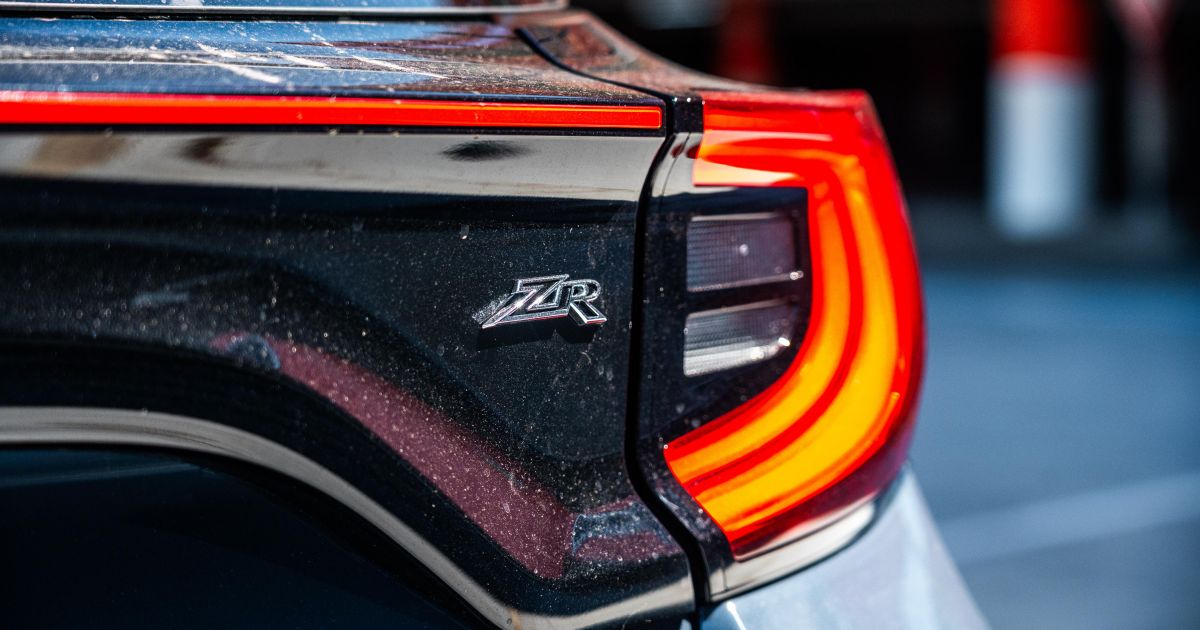
-
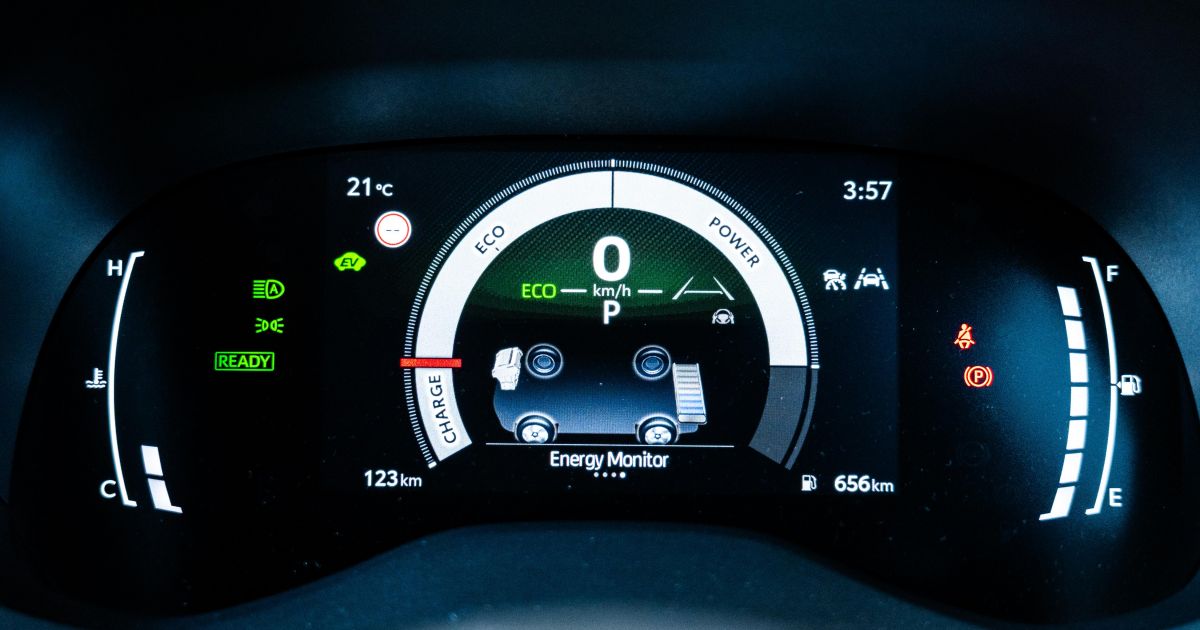
2025 Toyota Ascent Sport equipment highlights:
- 15-inch steel wheels in 185/60R15 tyres
- Space-saver spare
- Halogen headlights with LED daytime running lights
- Automatic high-beam
- Cloth upholstery
- 60/40 split/fold rear seats
- Urethane steering wheel
- Tilt and telescopic steering wheel adjustment
- 4.2-inch instrument cluster screen
- 8.0-inch touchscreen infotainment system
- Wireless Apple CarPlay and Android Auto
- DAB+ digital radio
- Six-speaker sound system
- 2 x USB-C outlets
- Climate control
- Keyless entry and start
The SX adds:
- 16-inch alloy wheels in 185/55R16 tyres
- LED headlights and tail-lights
- Rear privacy glass
- Embedded, cloud-based satellite navigation
- 7.0-inch digital instrument cluster
- Satin silver interior trim
- Soft-touch instrument panel
- Leather-accented steering wheel and shifter
The ZR adds:
- Rear spoiler
- Dark chrome grille
- Black mirror caps
- Head-up display
- Front sports seats
- Front centre console box with light
- Piano black trim
- Red dash and door inserts
To see how the Toyota Yaris lines up against the competition, check out our comparison tool
Is the Toyota Yaris safe?
The Toyota Yaris has a five-star rating from ANCAP, based on testing conducted in 2020.
| Category | Toyota Yaris |
|---|---|
| Adult occupant protection | 86 per cent |
| Child occupant protection | 87 per cent |
| Vulnerable road user protection | 78 per cent |
| Safety assist | 87 per cent |
The following safety equipment is standard across the range:
- Autonomous emergency braking
- Pedestrian
- Cyclist (daylight only)
- Motorcyclist
- Oncoming vehicle
- Intersection collision avoidance support
- Emergency steering assist
- Low-speed acceleration suppression
- Adaptive cruise control
- Lane trace assist
- Speed sign recognition
- Reversing camera
- 8 x airbags
- Front and rear parking support brake with parking sensors
The ZR gains:
- Blind-spot monitoring
- Rear cross-traffic alert
- Safe exit assist
To see how the Toyota Yaris lines up against the competition, check out our comparison tool
How much does the Toyota Yaris cost to run?
Toyota backs its range with a five-year, unlimited-kilometre warranty.
| Servicing and Warranty | Toyota Yaris |
|---|---|
| Warranty | 5 years, unlimited kilometres |
| Roadside assistance | $99 per year |
| Service intervals | 12 months or 15,000km |
| Capped-price servicing | 5 years |
| Total capped-price service cost | $1250 |
| Average capped-price service cost | $250 |
To see how the Toyota Yaris lines up against the competition, check out our comparison tool
CarExpert’s Take on the Toyota Yaris
The Toyota Yaris is the best mainstream light car on the market, but it’s also the most expensive.
At $35k, the flagship Yaris ZR is thousands of dollars pricier than an equivalent Mazda 2, MG 3 or Suzuki Swift Hybrid, and that in itself is likely to dissuade many potential buyers.
However, the quality of the product can’t be disputed. Even after a few years on the market, the Yaris feels cutting-edge in the way it drives – the powertrain is intuitive and efficient, while the chassis and safety systems are absolutely dialled in.
You’re also buying into the peace of mind that comes with owning a Toyota. But if value for money is your top priority – as it is for many buyers in this price bracket – then this ZR is hard to recommend.
The base Ascent Sport offers the same mechanical package for a slightly more palatable price, while the Kia Picanto is a cheap as chips alternative from a similarly trustworthy brand.
Like the idea of electric motoring? The BYD Dolphin can now be had for less than $30,000 before on-road costs, and the bigger MG 4 is also Yaris ZR money.
Interested in buying a Toyota Yaris? Let CarExpert find you the best deal here
Click the images for the full gallery

